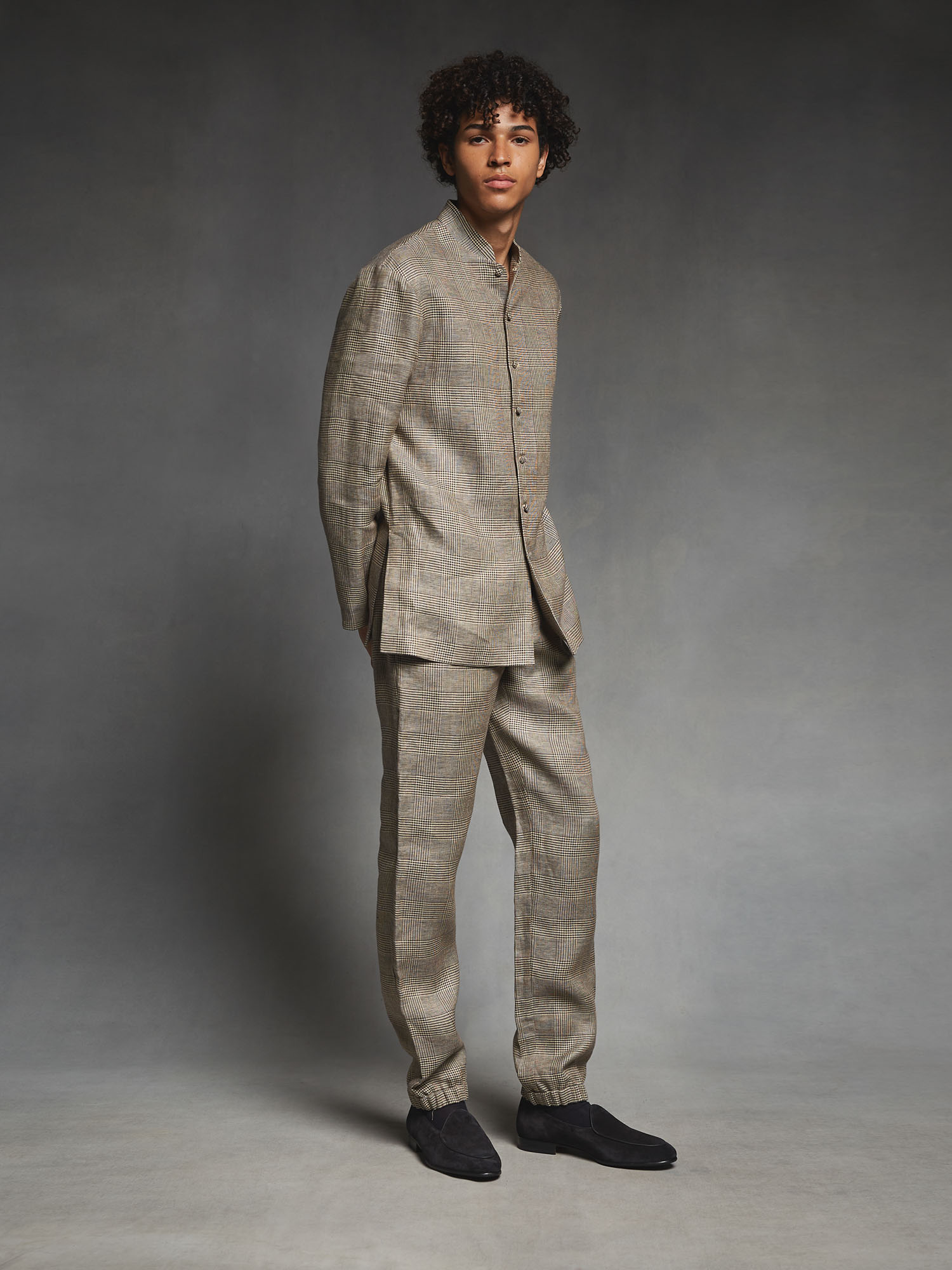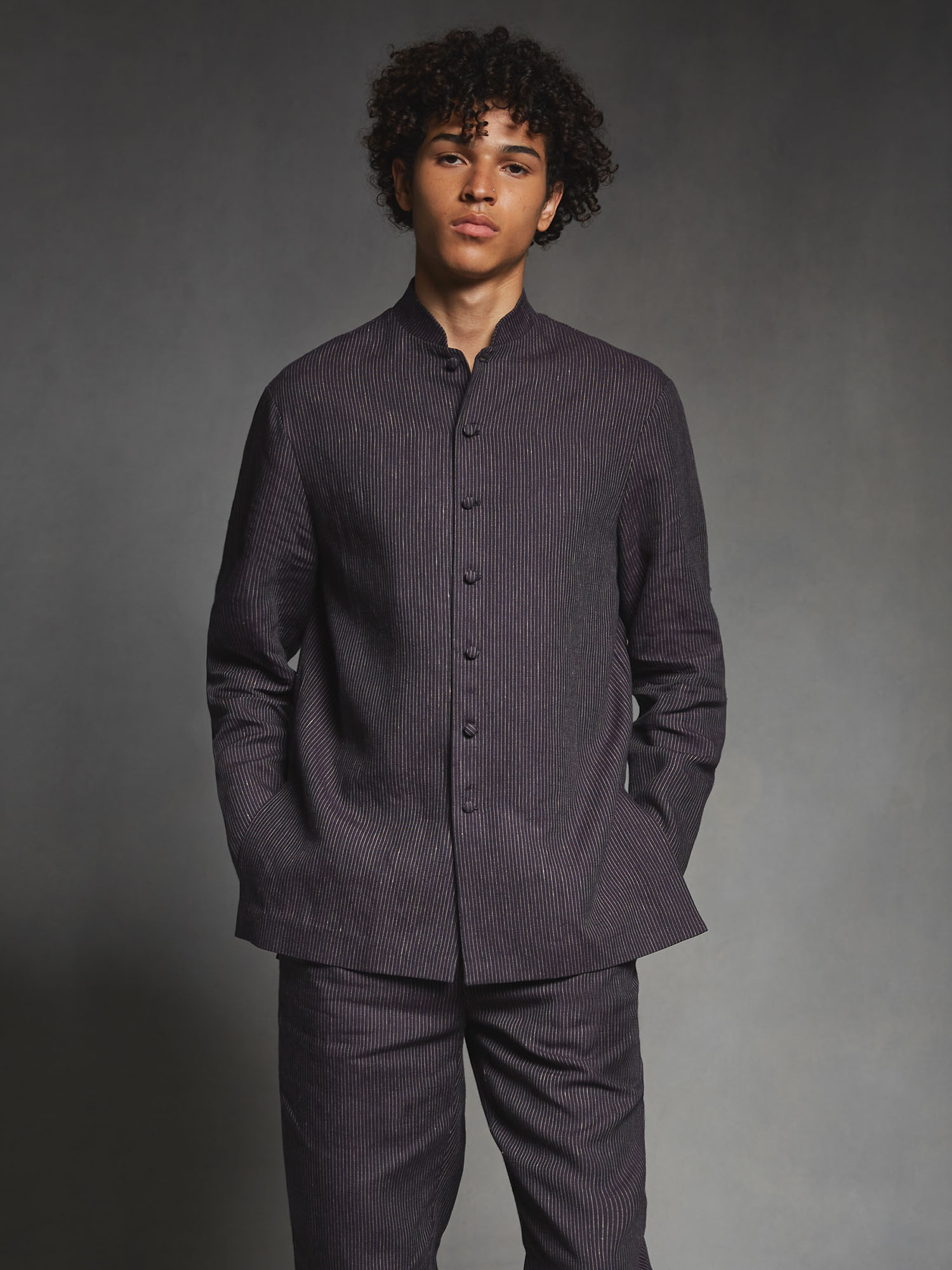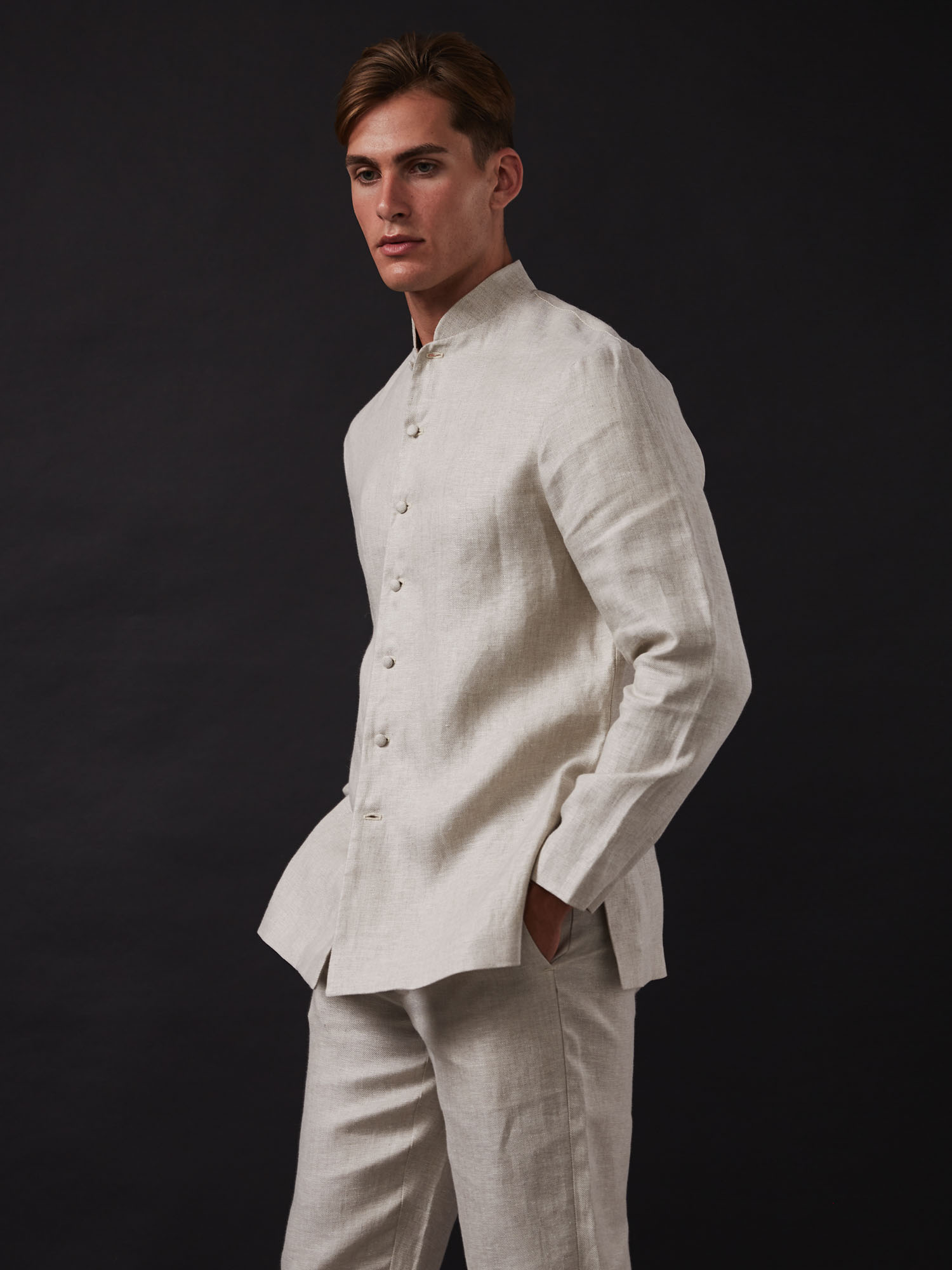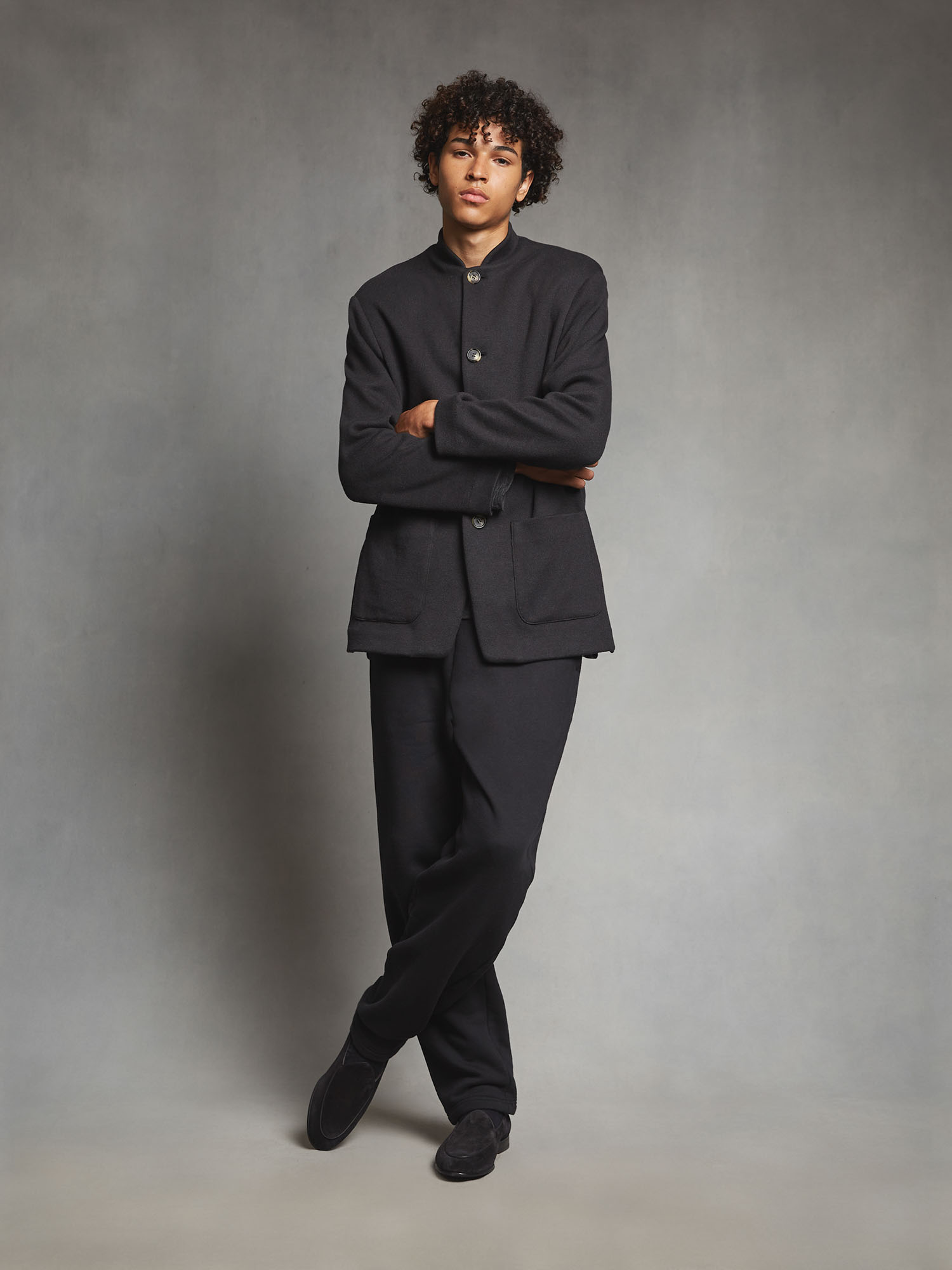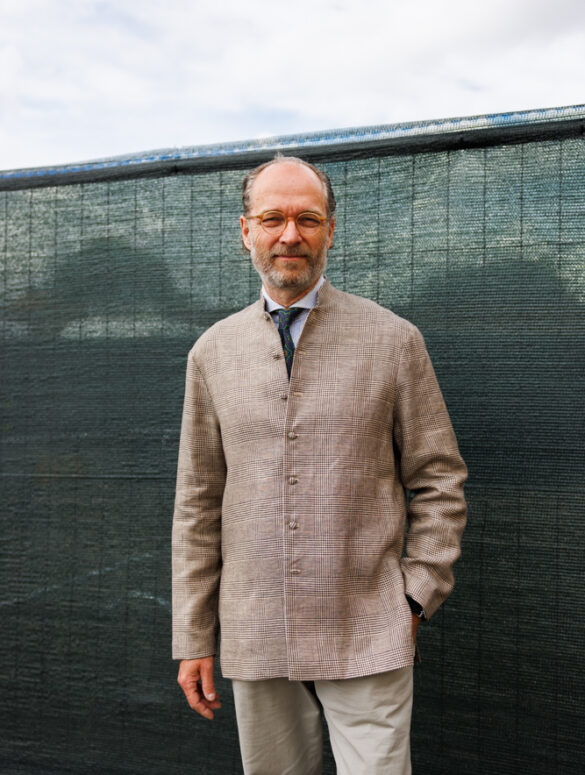Since the pandemic, there has been debate about the extent to which men’s fashion has changed as a result of working from home. If someone had slept through the pandemic and they were strolling through the stores when they got up, they wouldn’t necessarily notice that fashion has changed fundamentally. It was predicted to become even more casual, a continuation of the comfortable looks from the home office, so to speak. Others predicted a new joy in the more formal clothes not worn for so long. Neither is observable. We see, as before the pandemic, a juxtaposition of formal and casual, classic and sporty, experimental and conservative.
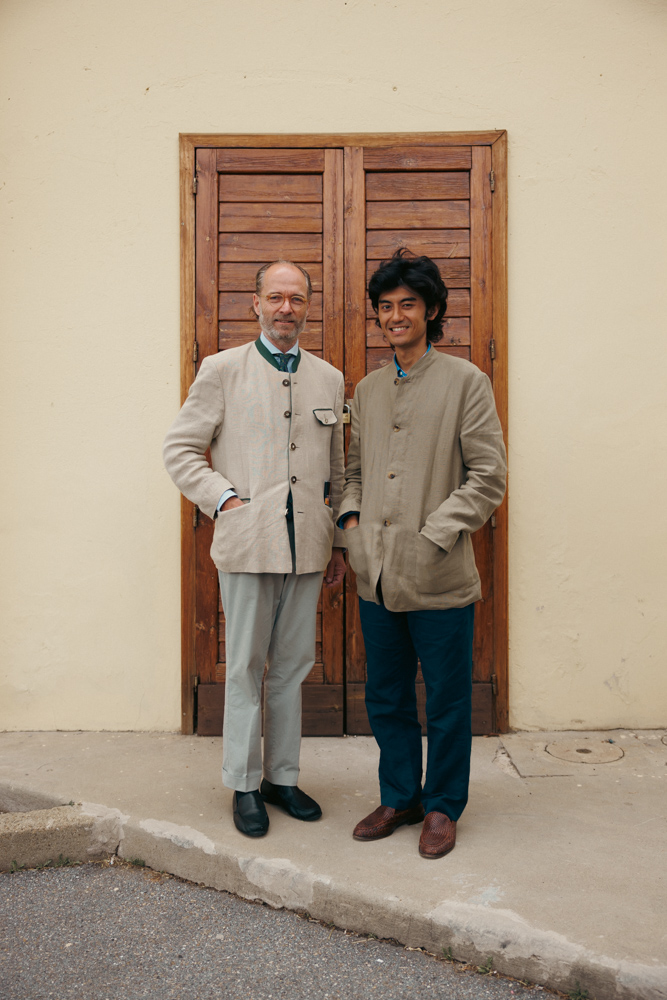

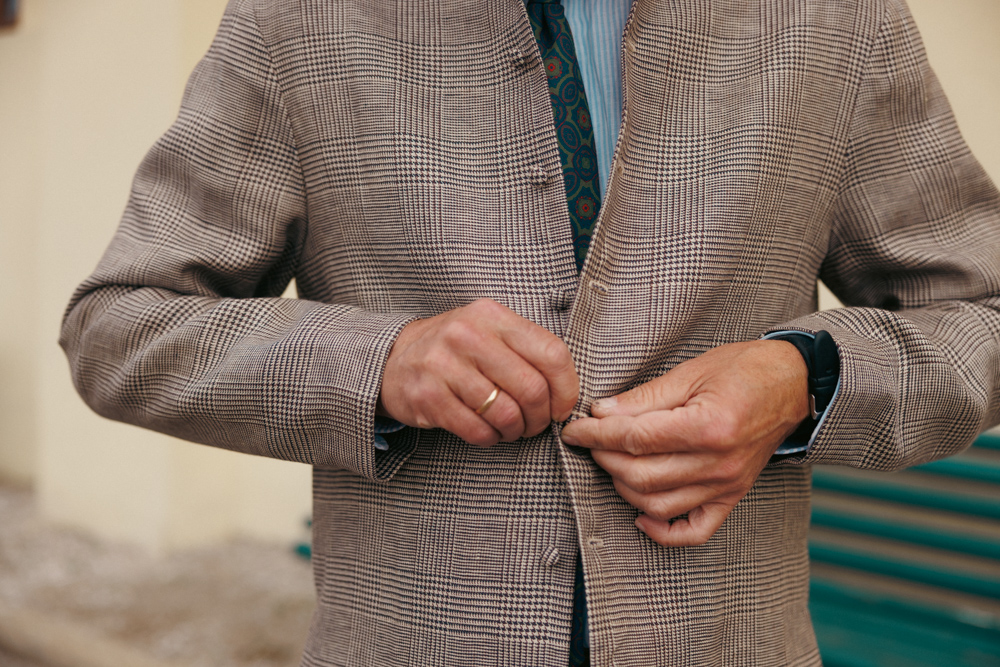
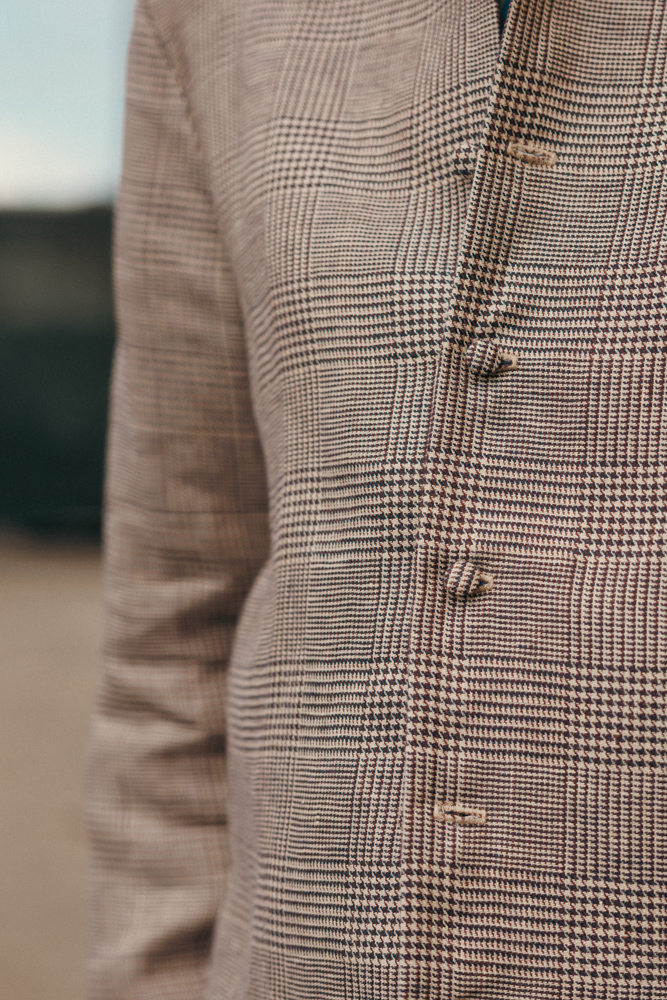
Still, there is something of a discomfort with the suit formula that has been the norm for decades. Whether this is due to the pandemic or whether it has accelerated something that was already in the making is impossible to say. I notice in myself a preference for alternatives to the usual cut of suit jackets and jackets. That’s why I wore Bavarian-Austrian style linen jackets during the day at Pitti Uomo in Florence in June 2023, and only a dark blue Teba jacket in the evening as a concession to the Italian dress code.
In the past, it might have been said that the brand should appeal to the individualist or, to go back even further conceptually, the non-conformist.
My linen jackets put me in touch with a collection that is very much my current feeling. I got word from an acquaintance that I should visit the Heron’s Ghyll booth. When I walked past it that day my jacket caught the eye of the brand’s founder, Mark Francis. He told my acquaintance about it without knowing that she knew me. She then made contact. The next morning I visited Heron’s Ghyll with Tommi Aittala. The collection appealed to me because it offered exactly the mix of formality and unconventionality that I’m personally looking for right now and that I also think will be groundbreaking in the coming years. Softly tailored, liningless jackets with stand-up collars, some with raglan sleeves. For some jackets matching pants of the same fabric.
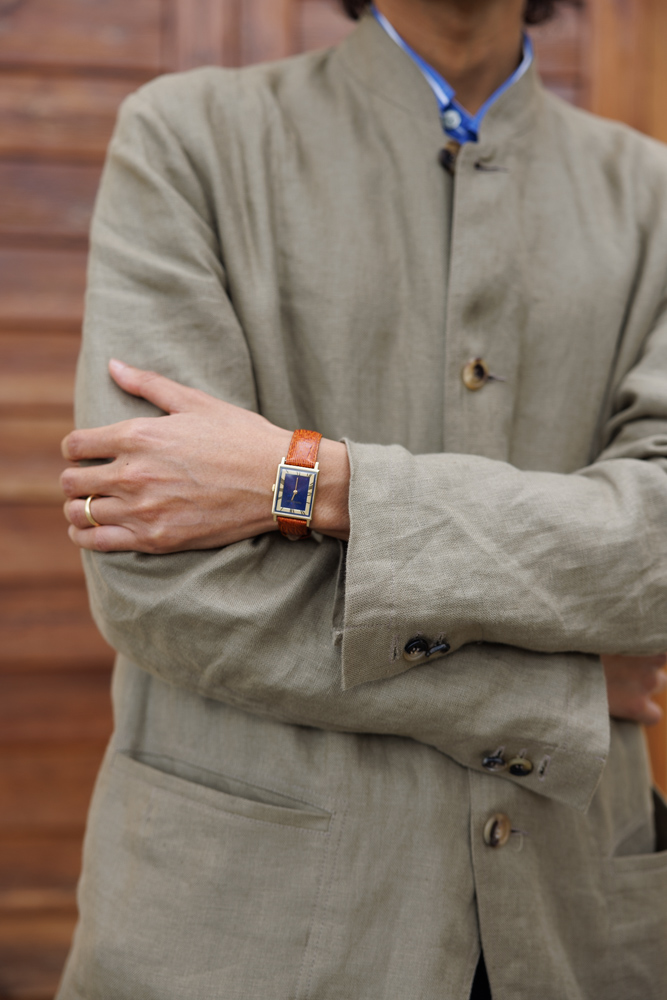

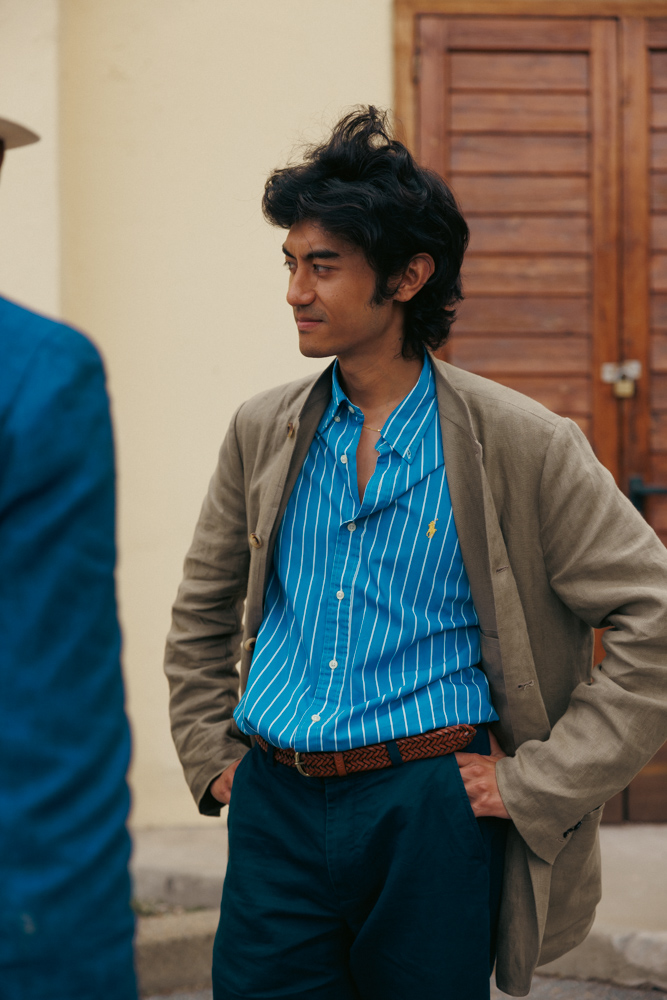
Mainly Irish linen, some cotton. The buttons often covered with the outer fabric. I tried on a few of the jackets to test fit and feel. My favorite was a brown linen suit in a glencheck design. A mix of 1940s Duke-of-Windsor style and 1960s James Bond villain. Brown glencheck is one of my favorites for summer anyway, combining it with the cut of Heron’s Ghyll creates an exciting fusion.
In fact, this is something like the leitmotif of the label and collection – fusion. Mark Francis does not use this term when describing his brand. He speaks of a “cosmopolitan” brand with a “pluriversal view of the future.” The term “pluriversal” is in contrast to “universal,” denoting the idea that there is not one “universal” view, e.g., of history, but a multiplicity of views. And so Heron’s Ghyll is meant to appeal to a “global” audience for whom “identities are too multifaceted” and “rich in complexity” to fit into “preconceived ideals.” In the past, it might have been said that the brand should appeal to the individualist or, to go back even further conceptually, the non-conformist. In my opinion, this works very well. Because the design idea is combined with a high quality standard. So it’s not about high ideals, which in the end only remain part of the marketing, because they are manufactured cheaply in Southern or Central Europe or even Asia. But also a holistic claim, which then also comes with a higher price. However, this is not primarily the result of the margin, but rather the cost of the fabrics used, which are woven in the UK, and the wage and space costs in London.
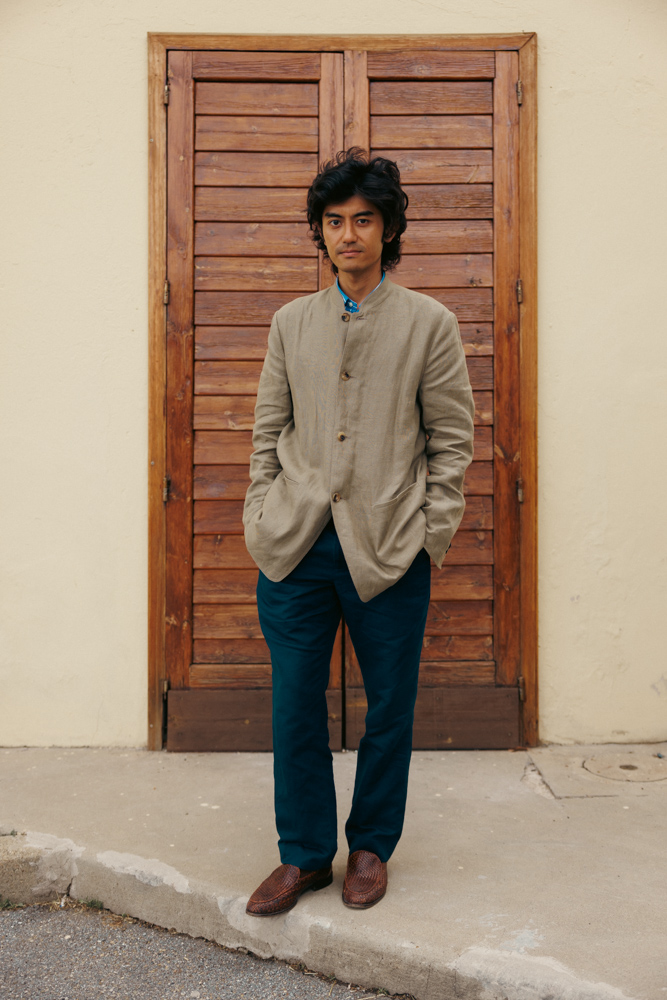

Despite the very contemporary concept, the label that Mark Francis created is English through and through. Which is not at all in contradiction to the openness of the view of the world. As a former world power, Great Britain has absorbed and integrated many influences from different cultures, also and especially in men’s fashion. In this respect, it is fitting that the name and logo of the label could also fit an art book publisher in terms of the sound of the name and the design. Heron’s Ghyll is a hamlet in East Sussex, home to Ned, the husband of Mark Francis. The parish garden of St. John the Evangelist Catholic Church was laid out by the poet and literary critic Coventry Patmore. Mark liked the name of the place, it sounds romantic, beautiful and pure to him, like from one of the fairy tales he loved as a child. Mark Francis had the logo specially designed.
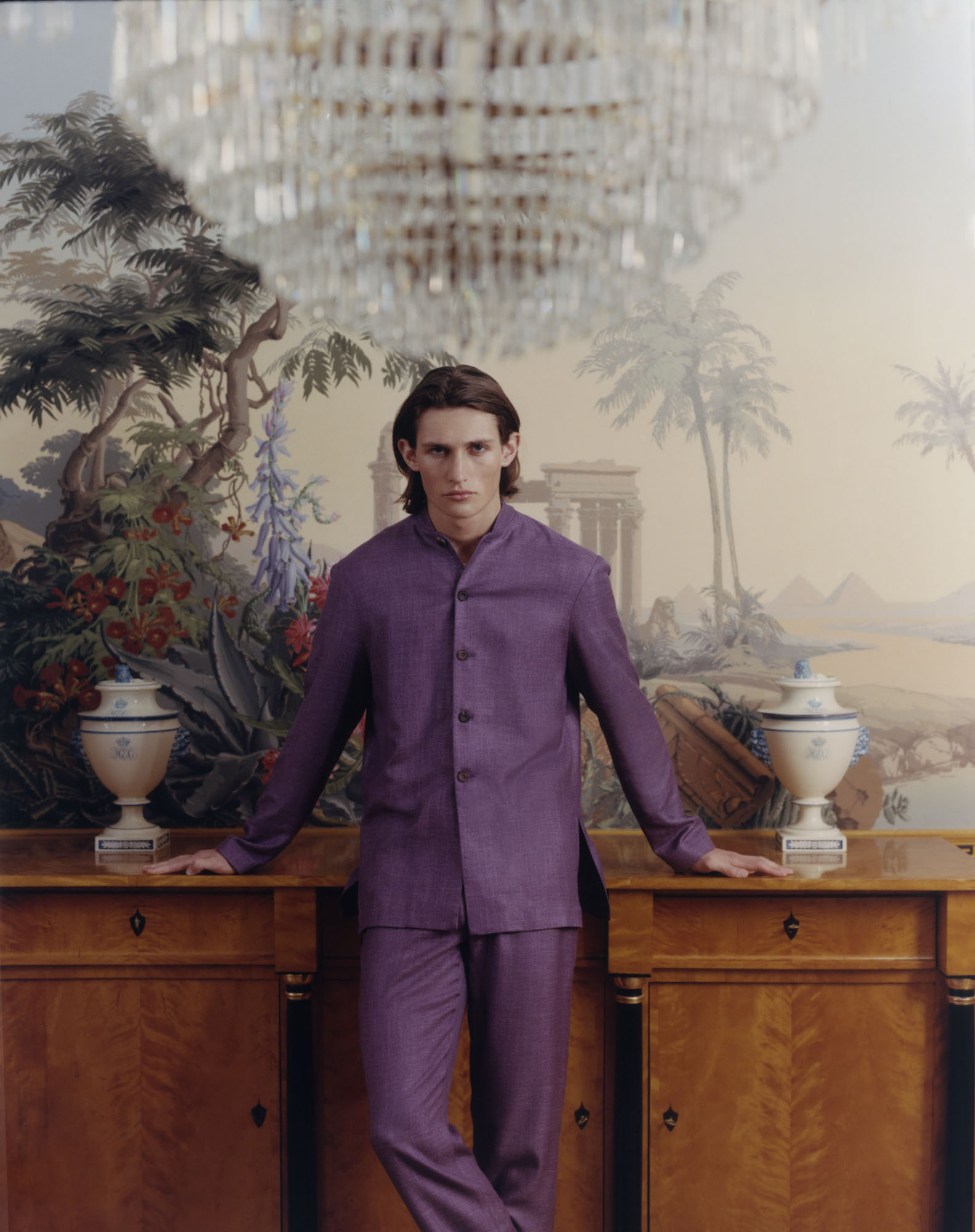
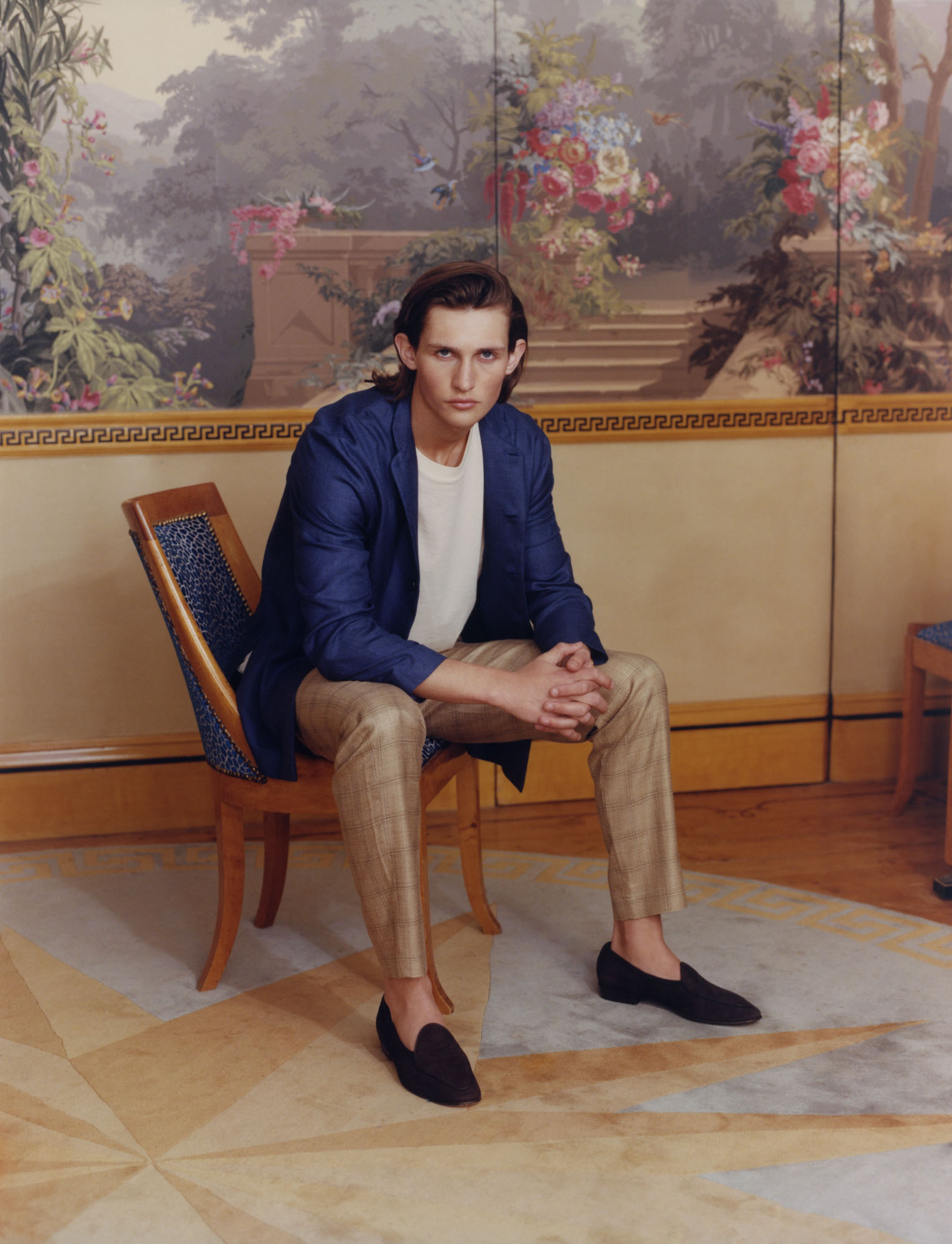

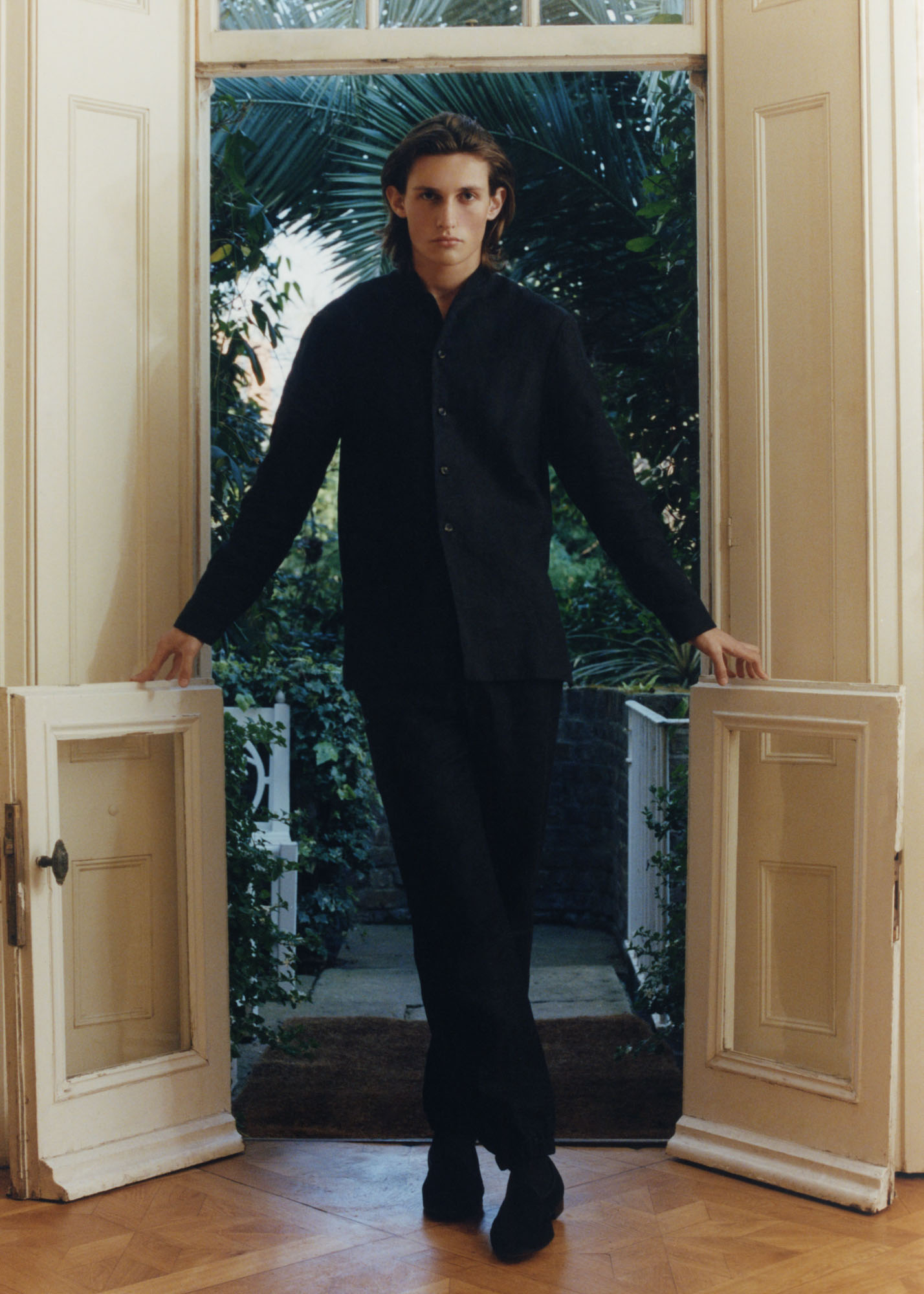
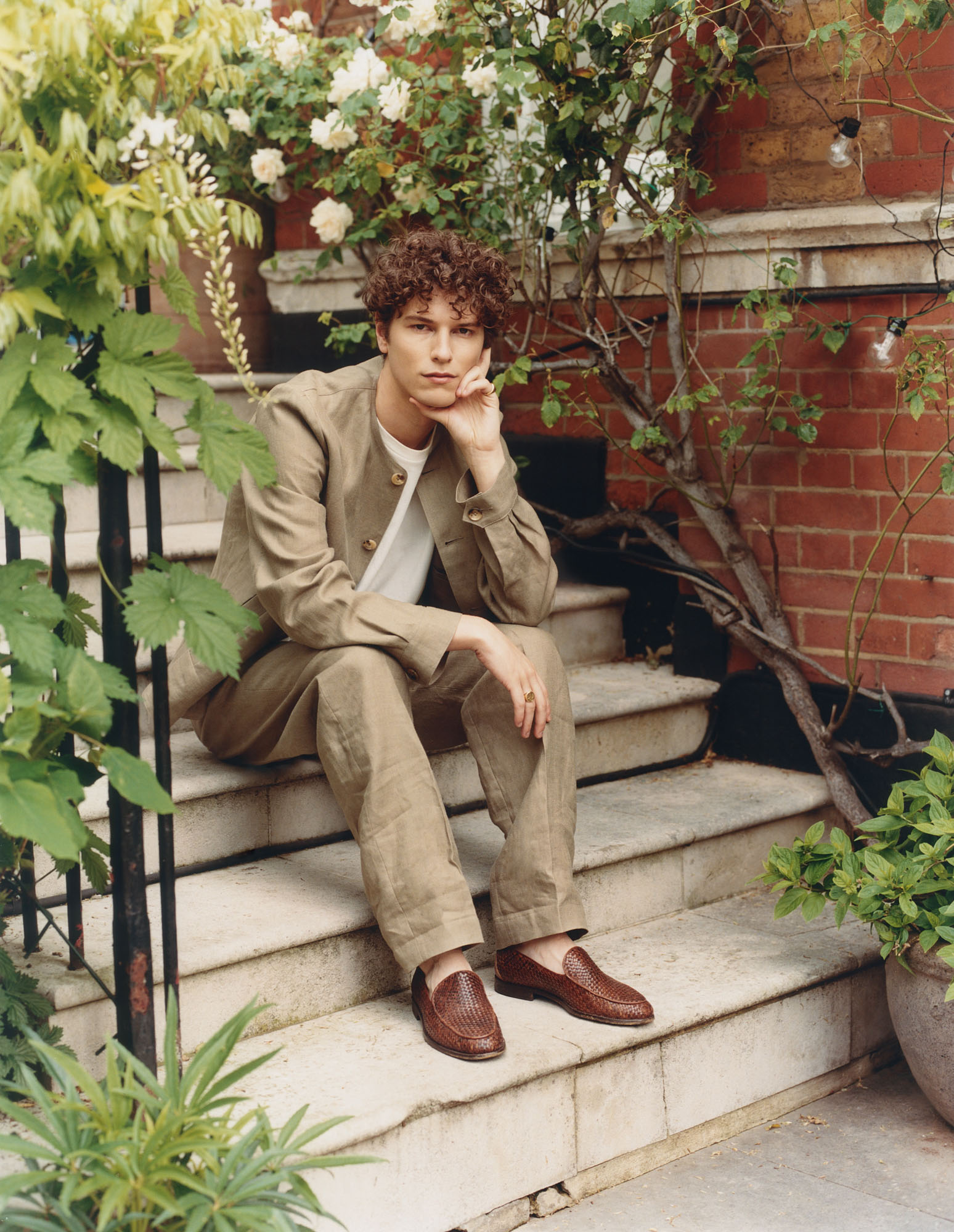
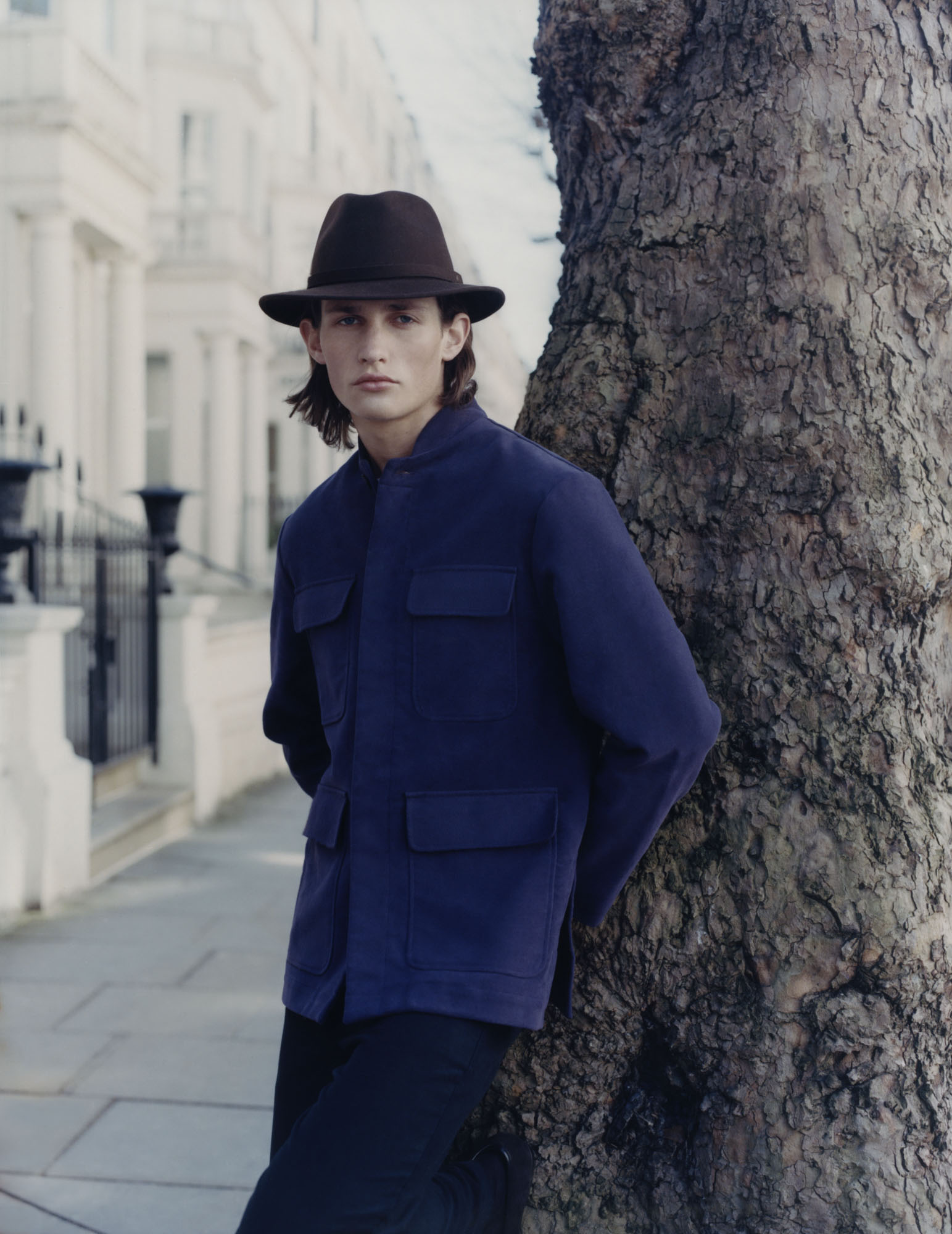
The inspiration for it comes, surprisingly, from the logos of old English private banks. “We want to nurture and nourish the relationship with our customers over a long period of time, just like bankers used to do,” Mark Francis explains. His studies in the USA were broadly based, and in addition to economics, he also took physics and art history, for example. After graduation, he worked in investment banking and “corporate strategy”, followed by an MBA at the private business school INSEAD in France. He gained his first direct experience in fashion at Farfetch before going on to found Heron’s Ghyll. His interest in clothing and clothing culture goes back to his childhood. Early on, he had the desire to set up his own collection. Even as a teenager, he had his own tailor, which he says is not uncommon in Malaysia. So he knew how to have clothes made to his own specifications and also the sources for the fabrics. He also simply took apart pieces of clothing and sewed them back together to figure out the principles of cutting and tailoring. However, he sees the process of creating a collection as a joint task that should be approached with a division of labor. His greatest talent in the professional field is finding good people and managing them. Mark is very happy with his team, for him his “artisans” are among the best in London.

